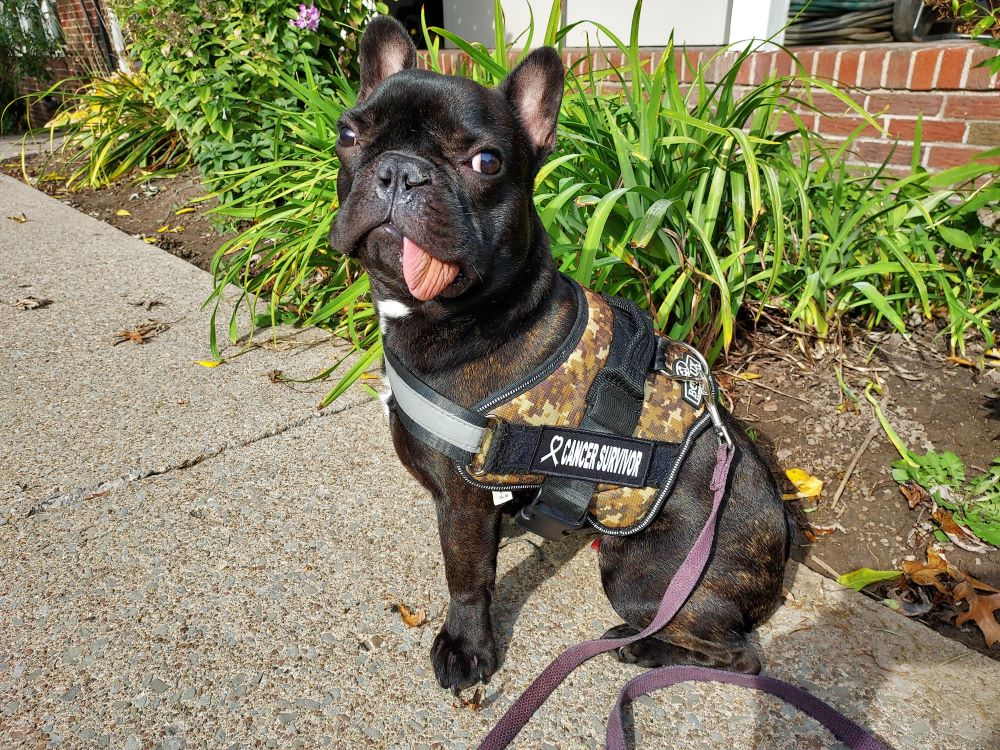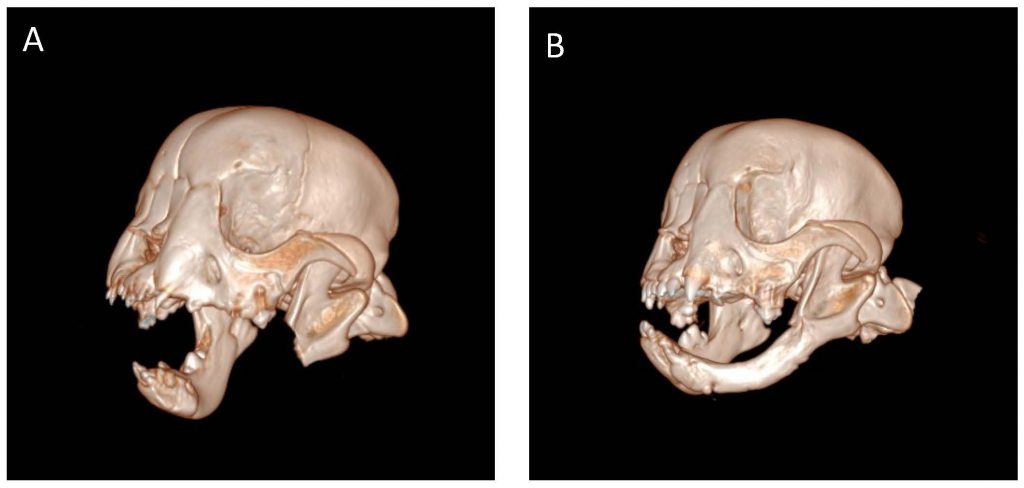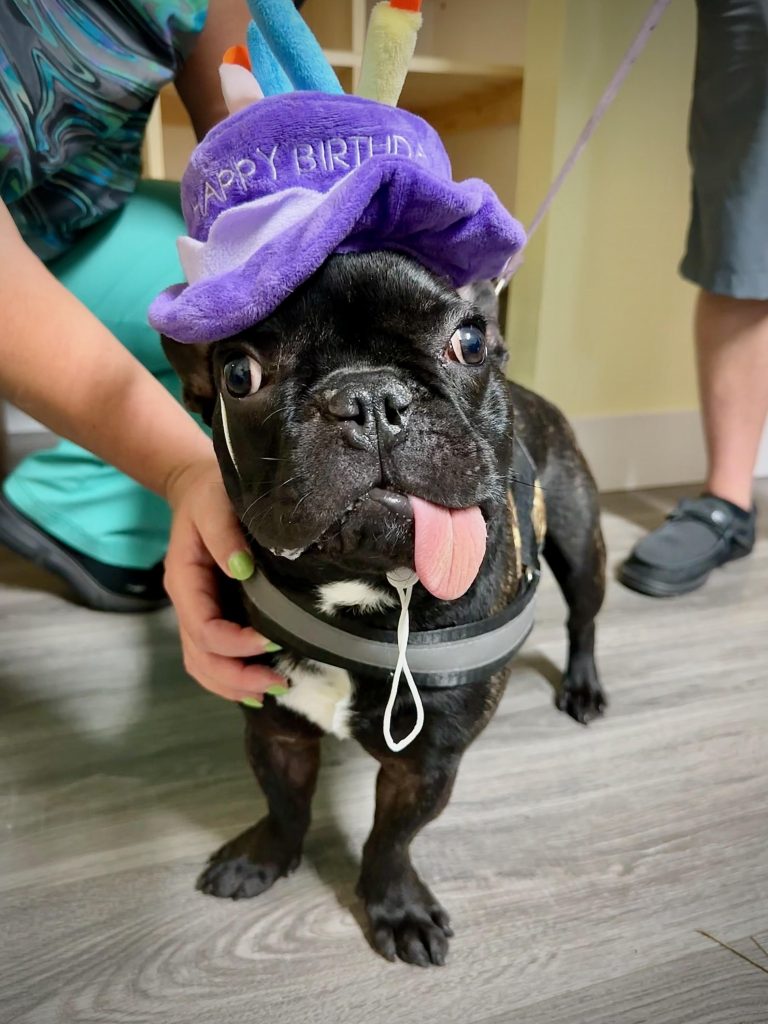
An unprecedented case of mandible regeneration has been recently reported by veterinarians at the Cornell University College of Veterinary Medicine.
Tyson, a three-month-old male intact French bulldog, spontaneously regrew its jaw after undergoing a unilateral subtotal mandibulectomy due to cancer. The puppy was originally scheduled to see the Cornell University Hospital for Animal’s Dentistry and Oral Surgery Service for cleft palate surgery when his primary veterinarian noted a cancerous tumor on his jaw.
“Tyson’s tumor was an oral papillary squamous cell carcinoma, which is a malignant cancer in dogs,” says dentistry and oral surgery resident Alexandra Wright, DVM, who led Tyson’s care team. “Oral squamous cell carcinoma is the second-most common malignant oral tumor in dogs, and this papillary subtype has previously been reported in young dogs.”
Dr. Wright explained to Tyson’s owners, Melissa Forsythe and Mike Lacagnina, removing the tumor could potentially leave the puppy without a fully functioning lower jaw. However, CT scans showed the cancer had not spread to other parts of the patient’s body, so the owners gave the surgery a go signal in the hopes of giving the puppy a chance.

Although there had been anecdotal cases of portions of mandibles regenerating in young dogs, this did not seem likely for Tyson because of how much bone was removed. The case report suggests Tyson managed to surpass all expectations due to a significant amount of periosteum, a thin membrane that covers bone surfaces, preserved during surgery.
“This was likely imperative to the regeneration of new bone,” says Wright, who noted early detection of the tumor helped in this case. However, the reason for the jaw regrowth in Tyson’s case remains a mystery.
“More has to be done to understand the likelihood of this occurring in other dogs and if a specific age range makes a difference, but this case documents a very positive surgical outcome in a life-threatening situation,” Wright adds.

Wright has published a report on this case in Frontiers in Veterinary Science, with co-authors from the Cornell University College of Veterinary Medicine, Nadine Fiani, BVSc, associate clinical professor and section chief, and Santiago Peralta, DVM, DAVDC.
For more information, click here.
